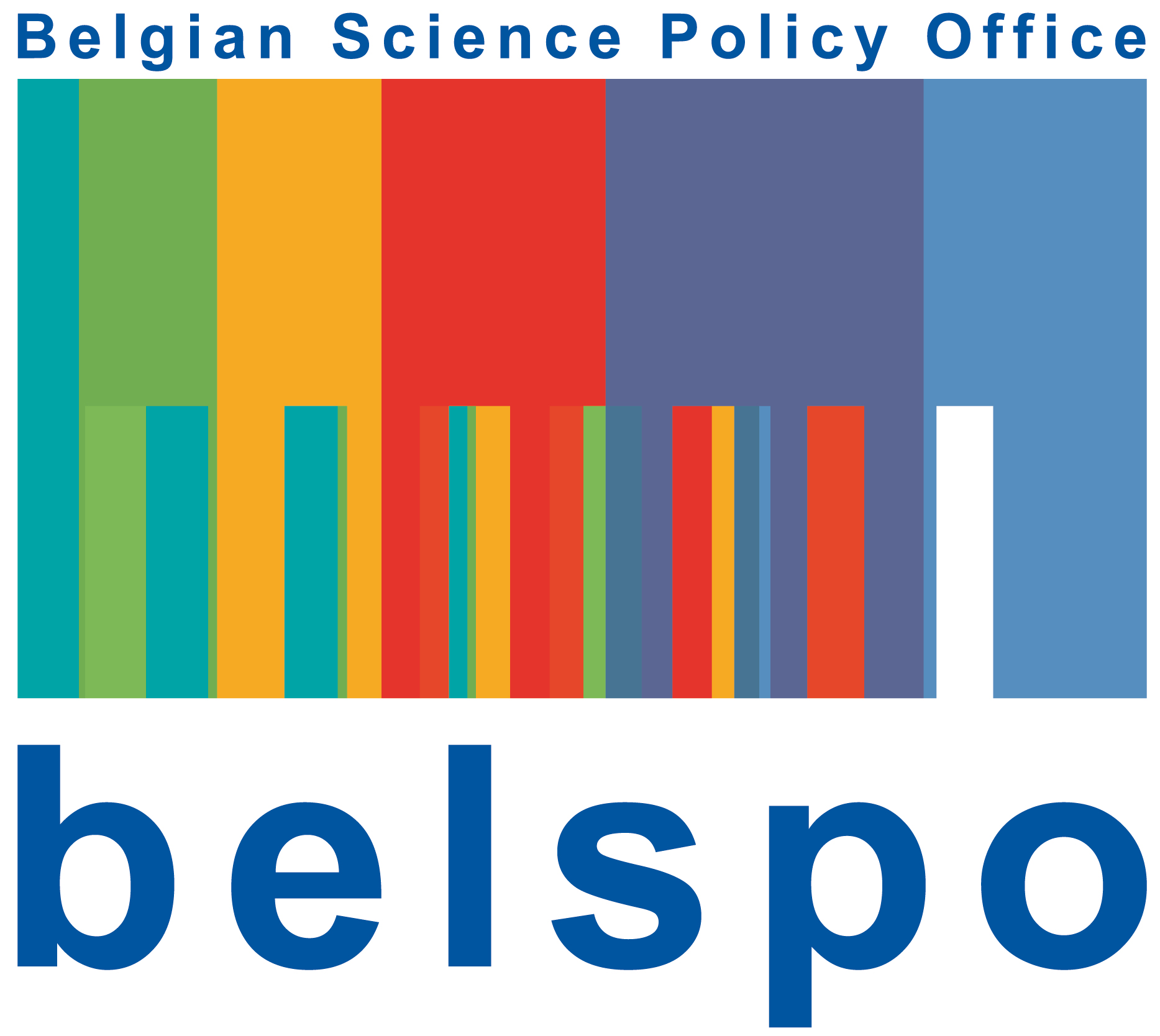 A BELSPO BRAIN-BE project
A BELSPO BRAIN-BE project
Formation of gravity waves
Gravity waves are a phenomenon that has been observed in several planetary atmospheres, including Earth, Venus, and Mars. They are formed when air is stably stratified and are triggered by wind flow over topography (orographic) or by weather events such as frontal systems, jet streams and convection (non-orographic). As a parcel of air is forced up by one of these mechanisms in stable air, buoyancy acts as a restoring force on the parcel causing oscillations. As the resulting wave propagates upward where the atmosphere is less dense, the amplitude grows, and energy and momentum are transferred from the lower to the upper atmosphere.
On Mars, gravity-wave induced density and temperature fluctuations have been observed by orbiting platforms and during entry, descent, and landing (EDL) missions. Their effects are also seen in airglow imagery. Gravity waves are thought to be one of the main sources of cold pockets in the upper atmosphere of Mars, allowing for the deposition (transition from vapour to ice) of its main constituent, carbon dioxide (CO2), and the formation of CO2 ice clouds. Recent observations led to speculation on their role in the formation of water ice clouds as well.
Small waves with a large impact
While the waves are relatively small, ranging in wavelength from tens to hundreds of kilometres, their impact through thermal and dynamical forcing on the climate can be quite large and therefore need to be accounted for in atmospheric models. Global models typically do not resolve these waves so their impact on the large-scale flow must be parameterised. These parameterisation schemes are poorly constrained and have not significantly advanced in recent years. Some research has been done in the Mars modelling community to address the science questions relating to gravity waves, but it is still an area in which much is not understood.
This project uses GEM-Mars General Circulation Model (GCM) in a high-resolution, mesoscale configuration (less than 10 km horizontal grid spacing) to resolve small-scale atmospheric waves and quantify their impact on the large-scale circulation and thermal structure.

GEM-Mars simulations at two different resolutions shows a change in the level of detail in the atmospheric structures. Left: Simulation at resolution of 4x4º Right: GEM-Mars at 1x1º resolution. Coloured field indicates temperature, white surfaces are water ice clouds. These simulations were performed during northern hemisphere spring/summer and show a single snapshot in time.
Evaluate models and interpret NOMAD observations
Using observations from the NOMAD instrument onboard the ExoMars Trace Gas Orbiter (TGO), we select regions and periods with evidence of gravity waves. TGO/NOMAD observations provide high vertical resolution profiles of density (and therefore temperature), ice clouds (which may be a key indicator of gravity waves), and trace gases such as ozone, water vapour and carbon monoxide. We can evaluate our simulations using this data and use the model to interpret the NOMAD observations.
With the mesoscale configuration of the model, we can take a closer look at the formation of CO2 ice clouds and their relationship to cold pockets formed by gravity waves. Improvements to the representation of ice clouds in the model is another goal of this project. The GEM-Mars model includes gas-phase and photochemistry which, in combination with the capabilities of NOMAD, allows for the investigation of the impact of gravity waves on the chemical composition of the Mars atmosphere.
The main tasks of the project can be summarized as such:
- select target regions and prepare boundary conditions for mesoscale simulations;
- adjust parameters and code to adapt to high resolution;
- process simulations and make comparisons to NOMAD observations (temperature, density, CO2 ice clouds, trace gases);
- improve microphysical code to better represent CO2 ice clouds;
- quantify effects of waves and select/adjust gravity wave parameters for the global model using the results from the mesoscale.
While this project will contribute to the understanding of gravity waves on Mars and in other planetary atmospheres, including Earth and Venus, also, it will provide a foundation for many more Mars science investigations, such as deep convective activity related to dust storms, mechanisms for water ice cloud formation and transport of trace gases. There are several other science spin-offs related to mesoscale modelling of Mars relating to chemistry, such as the study of ozone around the terminator.






